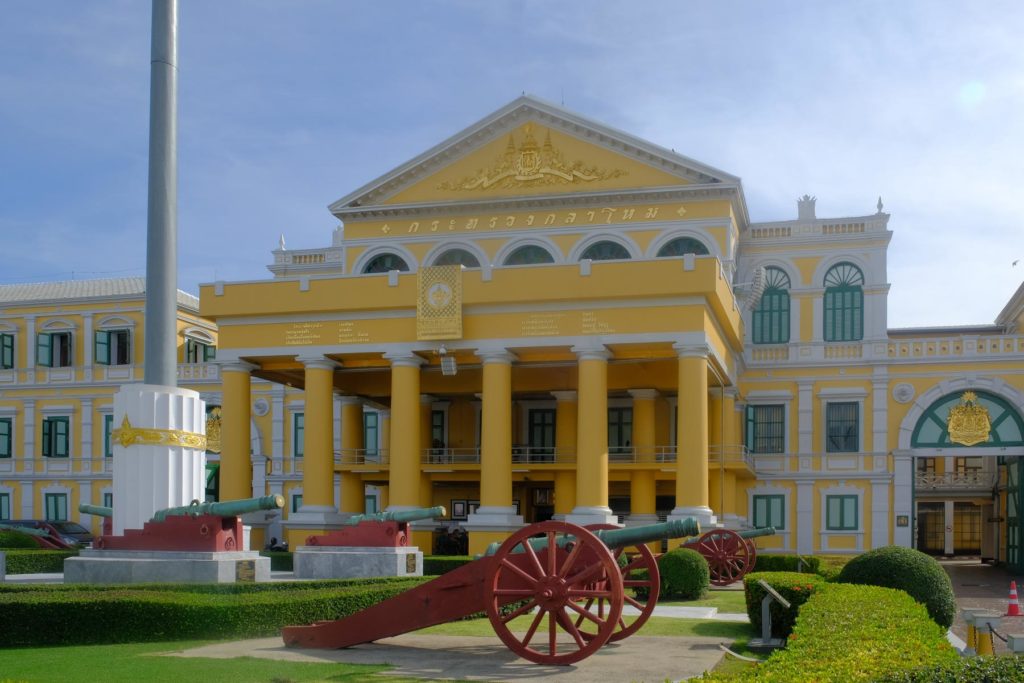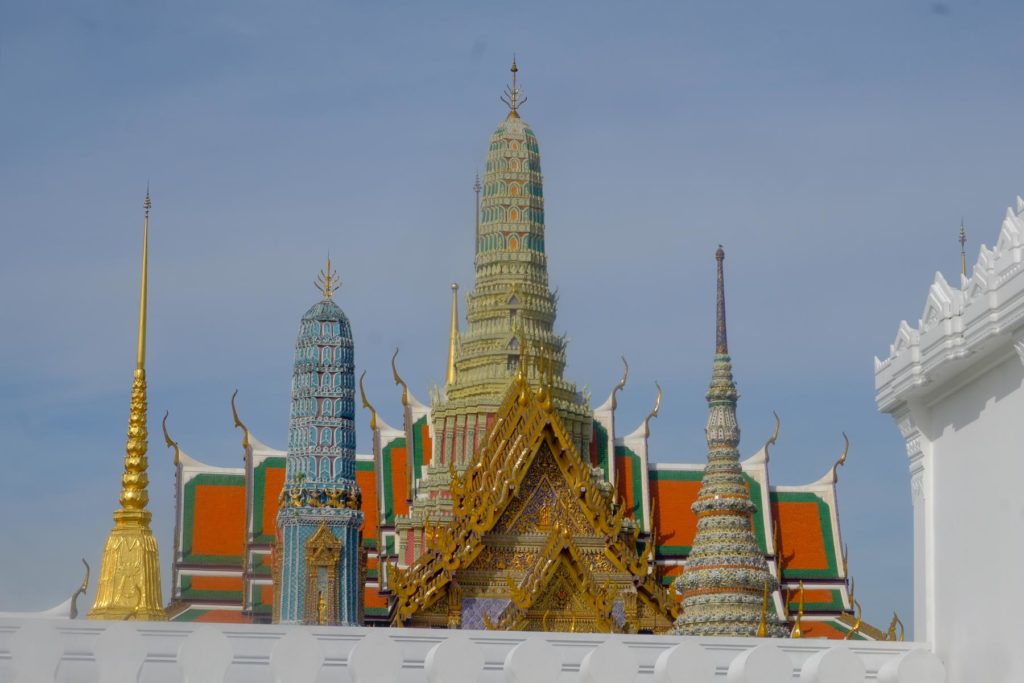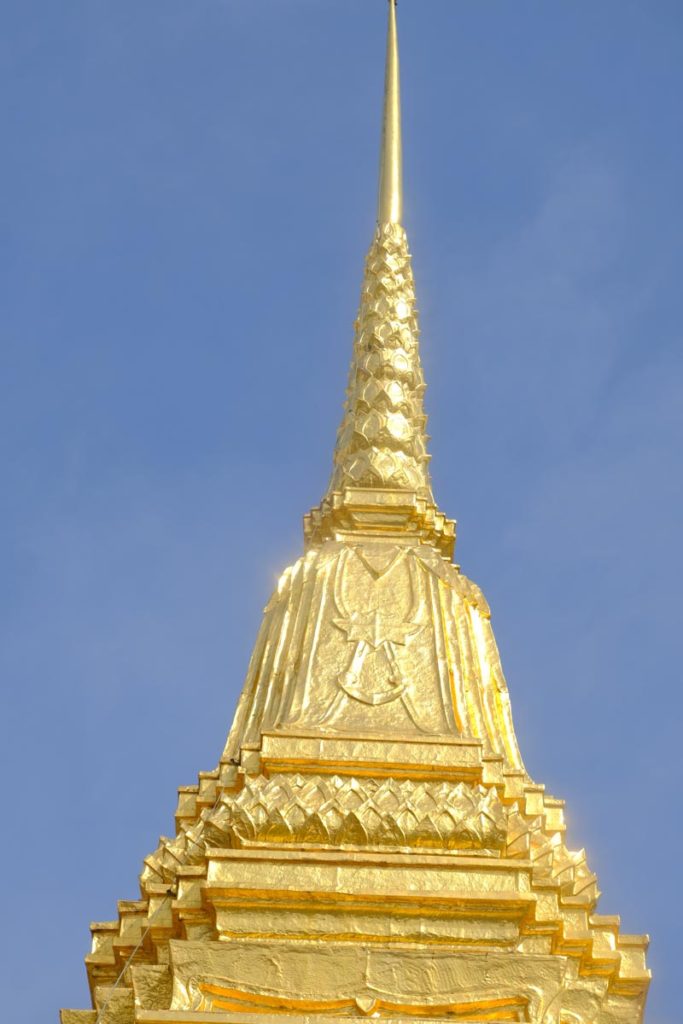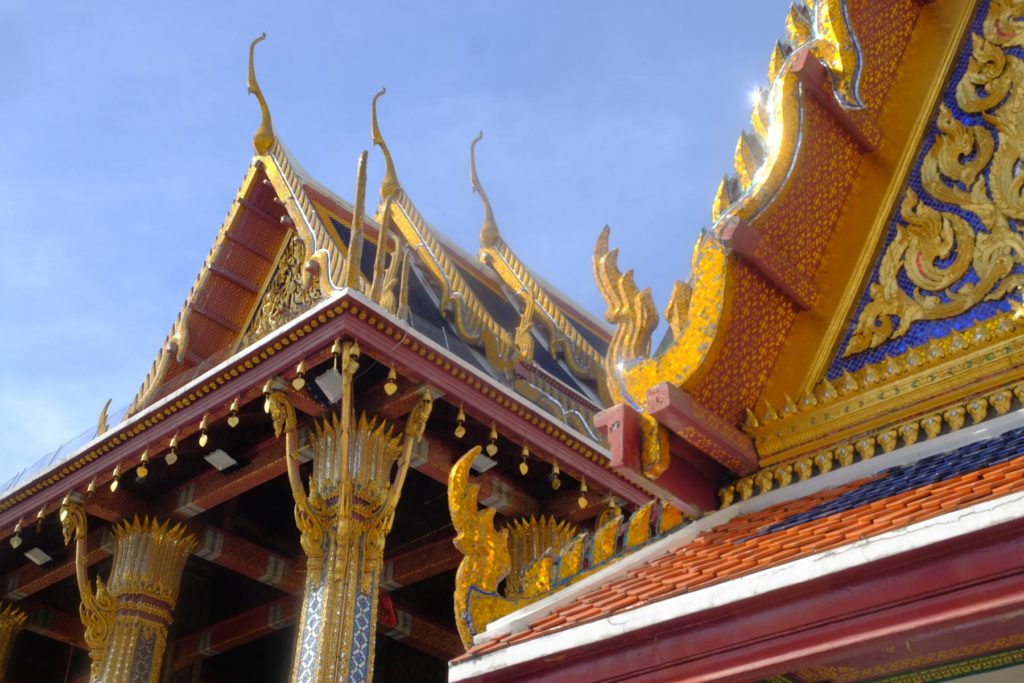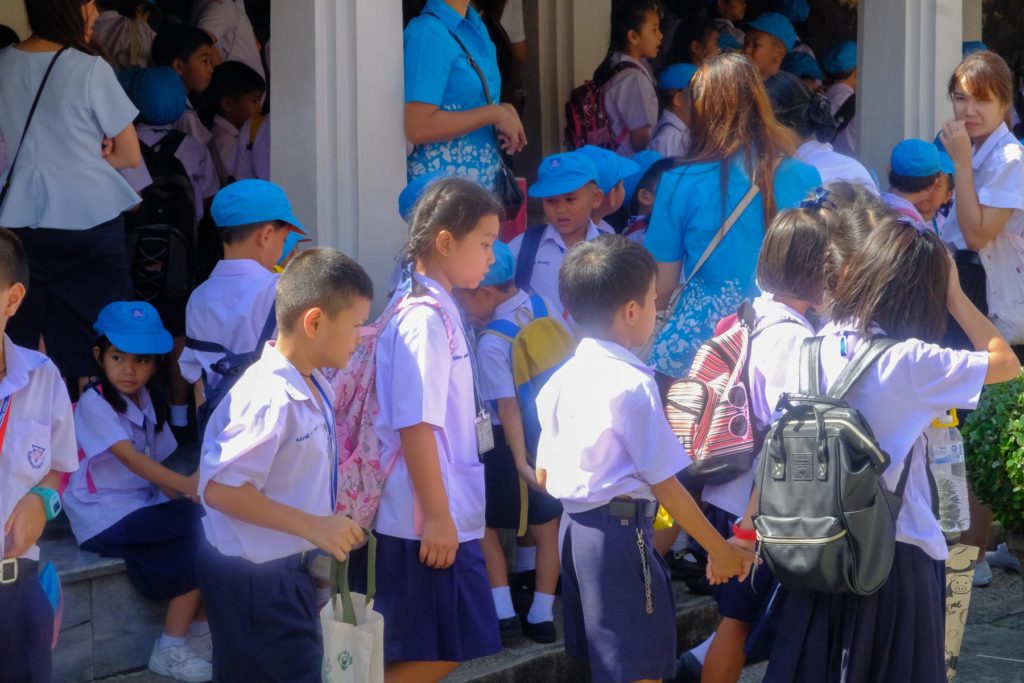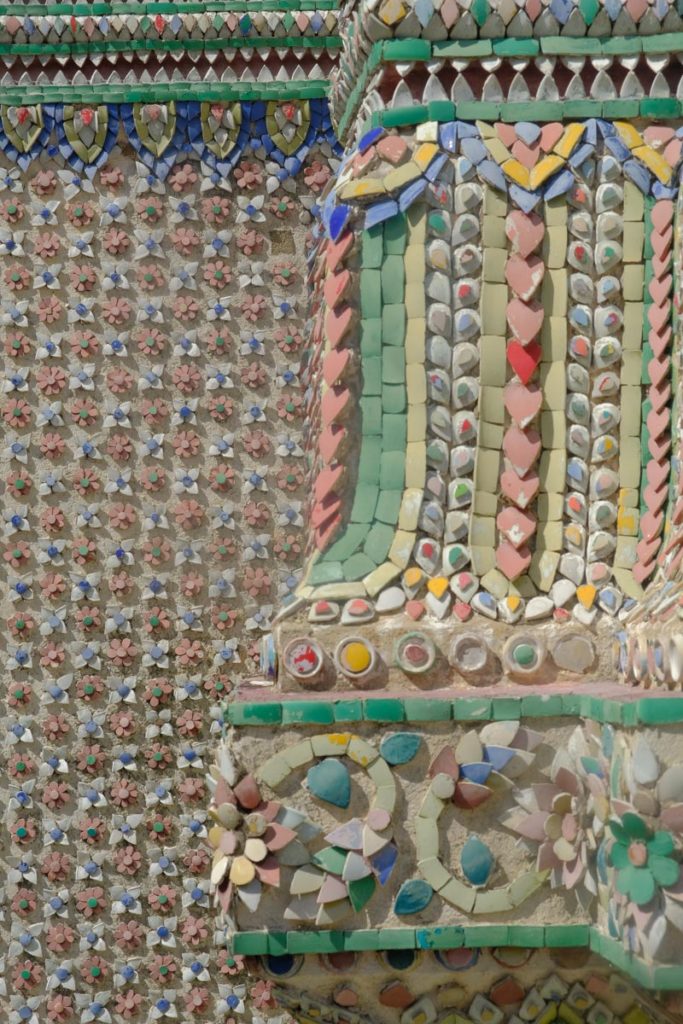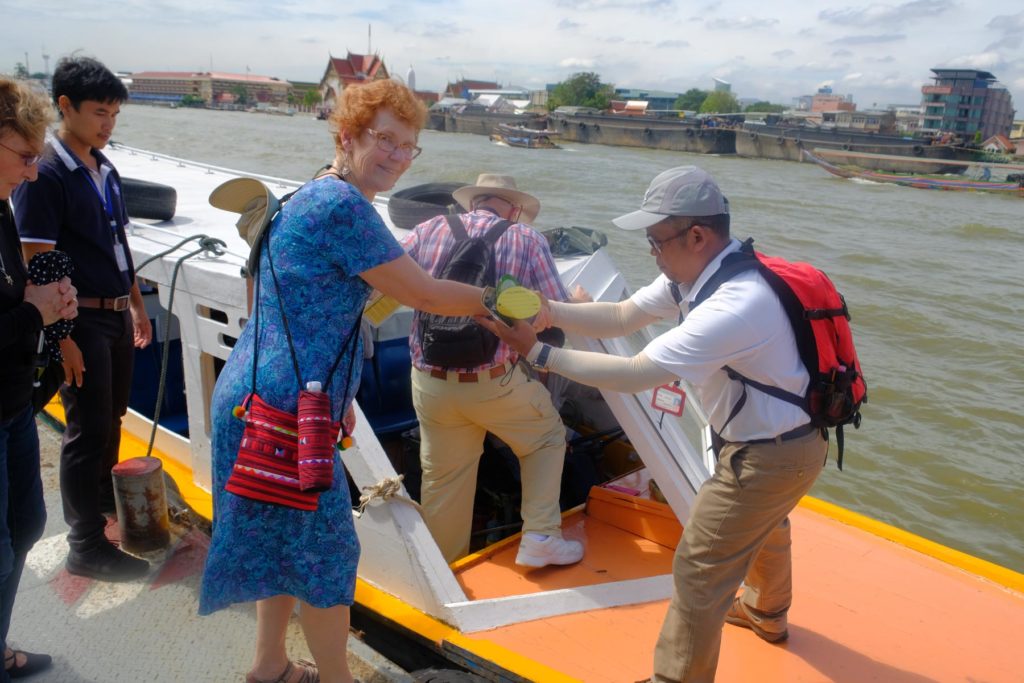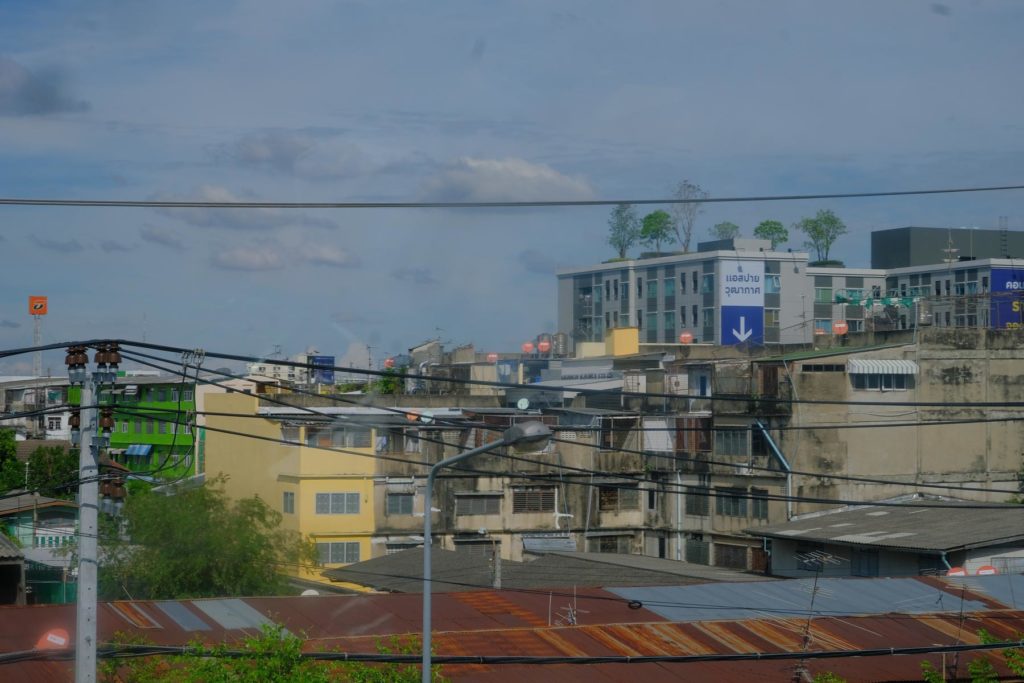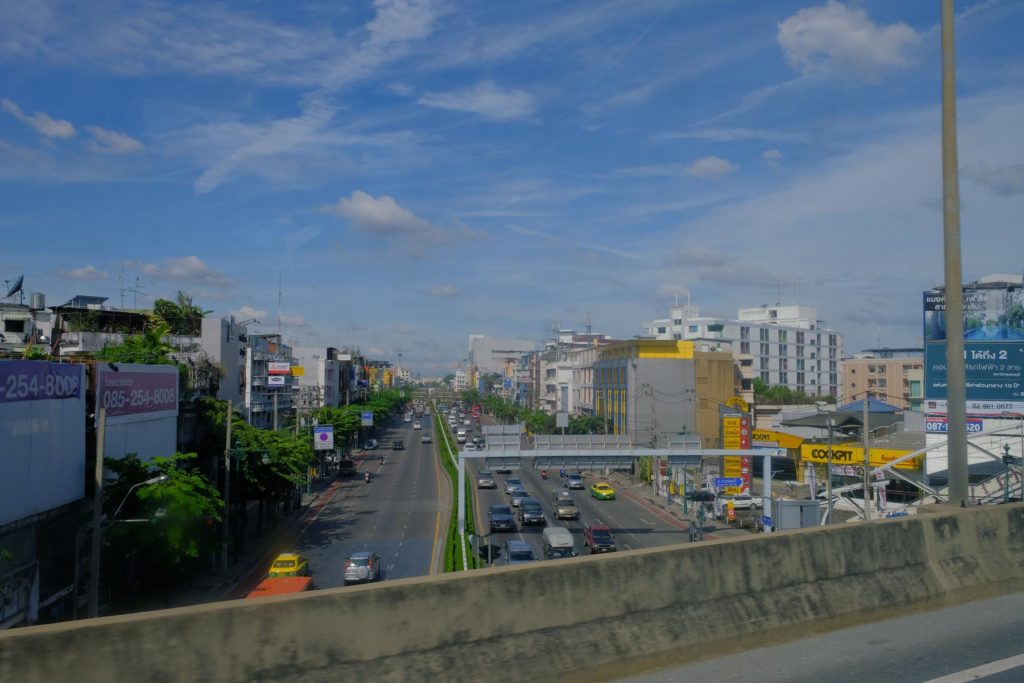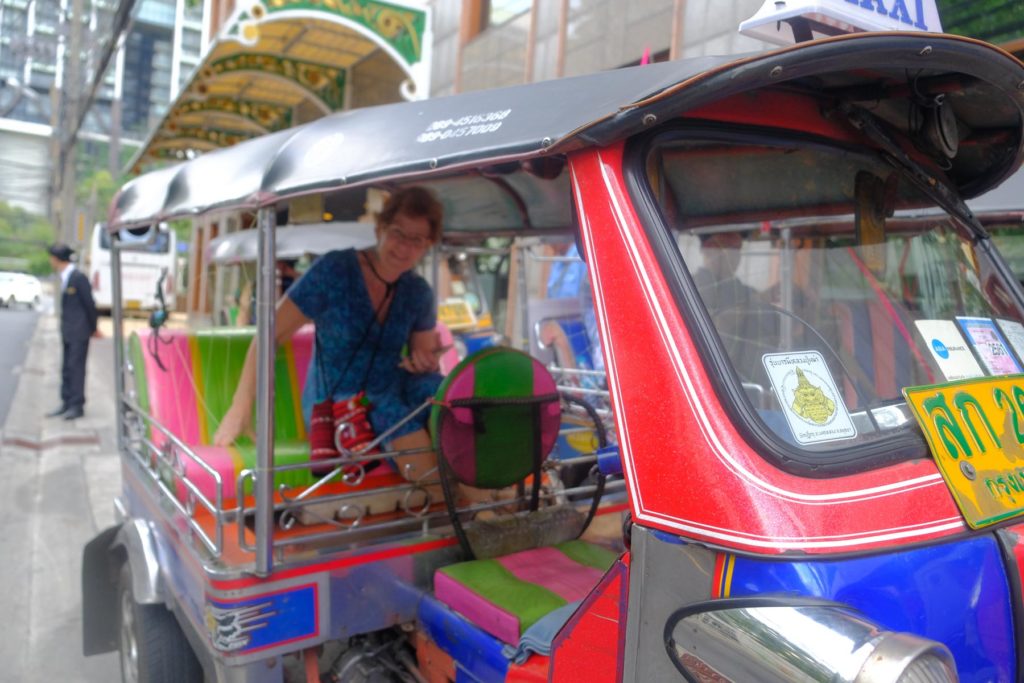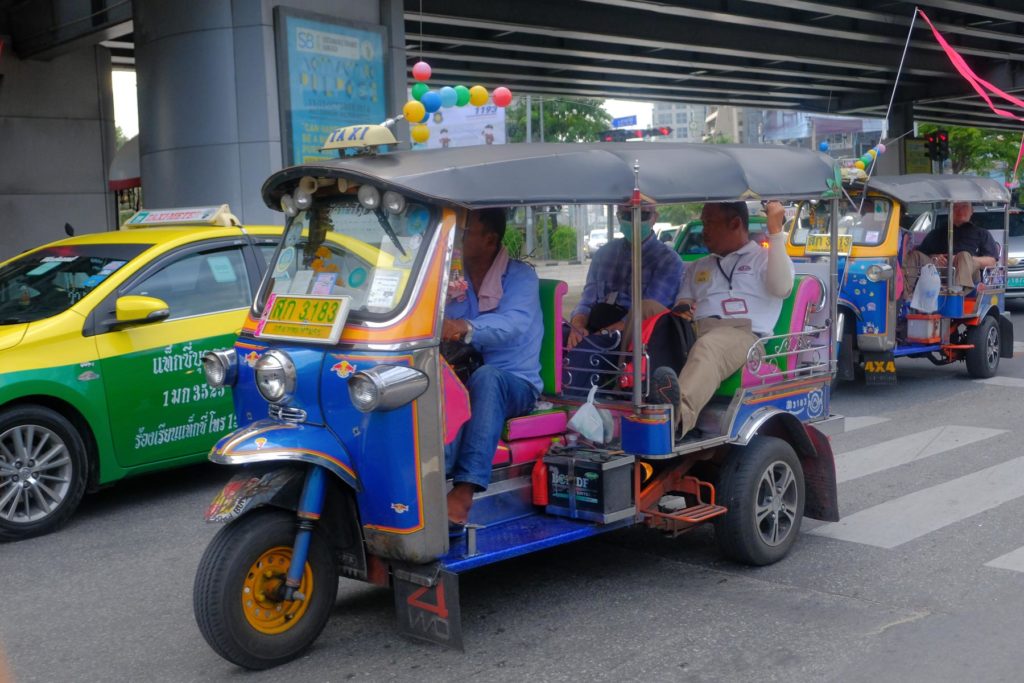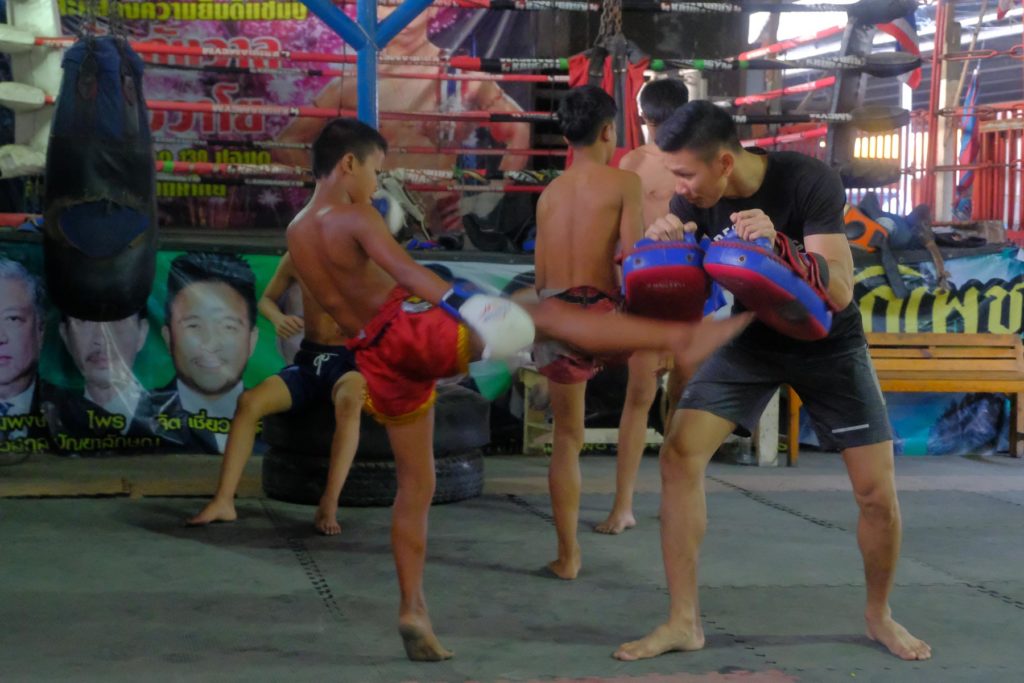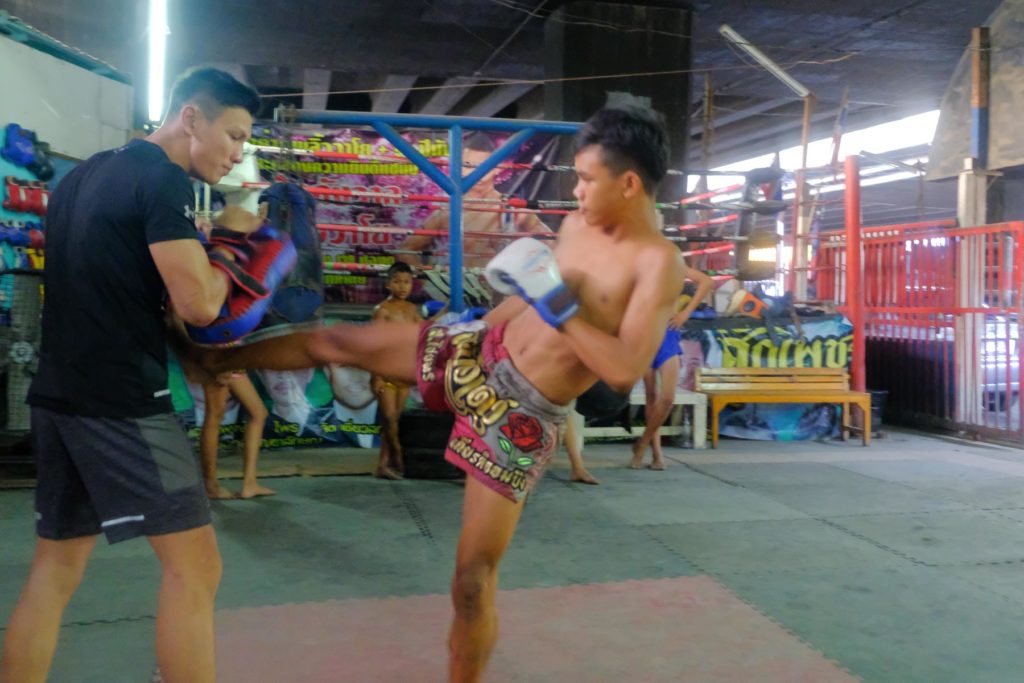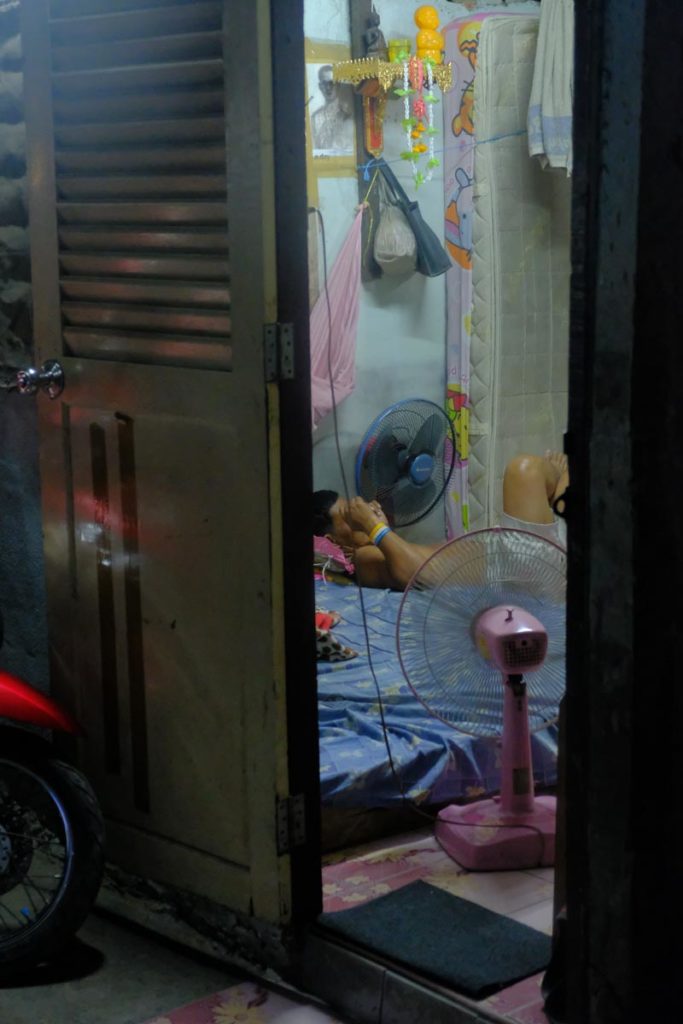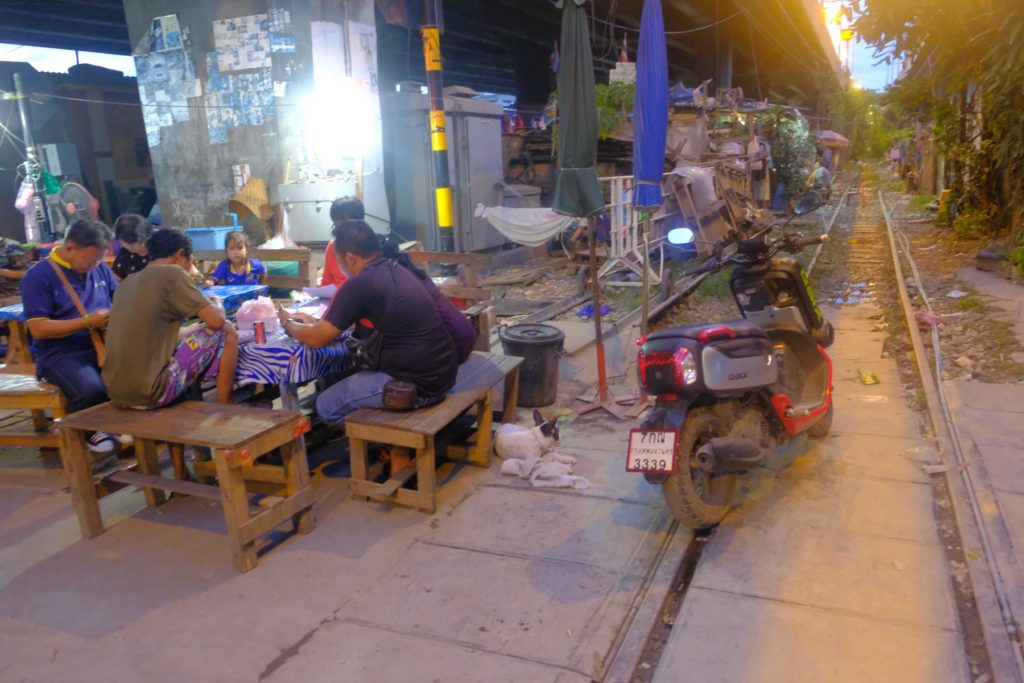When I think of “The King and I” the tune “Shall We Dance” comes to my mind. Why, I couldn’t tell you. Probably everyone has a favorite tune from that schmaltzy musical and film. I’m too lazy to type it out so here’s a lift from Wikipedia:
It is based on Margaret Landon’s novel, Anna and the King of Siam (1944), which is in turn derived from the memoirs of Anna Leonowens, governess to the children of King Mongkut of Siam in the early 1860s. The musical’s plot relates the experiences of Anna, a British schoolteacher hired as part of the King’s drive to modernize his country. The relationship between the King and Anna is marked by conflict through much of the piece, as well as by a love to which neither can admit.
The Wikipedia article goes on to say that some of the details in Anna Leonowens’s memoir are questionable. Nonetheless, our guide Jack tells us that Anna actually had a pronounced effect on Siam (later to be called Thailand). To appreciate it we have to go back to the Rama lineage.
Rama III was a wheeler-dealer trader with the Chinese. He apparently amassed a significant fortune through trading. His son, Rama IV took over upon his father’s death and realized that Siam ran the risk of being overtaken by the colonial powers that had taken control over most of Southeast Asia. The French had Vietnam, Laos and Cambodia. The British had India, Myanmar, Malaysia, and Singapore; Spain had the Philippians and so on (I’m doing this from memory so I’ve missed some colonialized countries I’m sure. Google it if you must).
Rama IV’s strategy was to bring Anna to Siam to teach his kids English, not only the language but also the culture. And she succeeded. According to Jack, Rama V, one of the sons, was literally brainwashed by Anna. When he became King he sent all of his kids abroad to be educated: Britain, France, Germany and the U.S. He dictated that the architecture of buildings reflect the style of Victorian England. Today we saw the Grand Palace, which he ordered to be built in that way. Cooler heads prevailed and Rama V agreed to put a Siamese roof on the building, which he did, to extraordinary effect.
Rama V must have missed a class in Westernization 101. At that time wealthy families considered it a great honor to send their most beautiful daughters to be the King’s consort. Rama V had 92 consorts who bore him 77 children. His policy was to build a new palace for each male child and give land to the family of the consort who bore him a female child. That’s 34 new palaces if I recall properly.
But he did do much to modernize Siam. He introduced governmental cabinet posts along the British and European models to handle kingdom affairs, he abolished slavery and prostitution, he introduced automobile transportation and electric service (starting with the palace, naturally). He, I gather, is most responsible for threading the needle with Britain and the other colonizers, to maintain Siam’s independence, following on in his father’s footsteps.
Rama V was King of Siam for 42 years and is much beloved today.
Incidentally, Rama IX, the recently deceased king, came to power under curious circumstances. Jack told us, as I recall, that Rama VII basically said, “Take this job and shove it. I’m not your king anymore.” That created a scramble for a Rama VIII. A nine-year-old family member, who was attending boarding school in Switzerland, was brought back to Siam and was crowned Rama VIII. He immediately returned to school in Switzerland until he turned 20. He came home to rule but was home for only a short period of time when he was assassinated: found dead with a bullet hole in his head. Jack says only Rama VIII’s mother and his younger brother were with him when he died. Three guards were later tried and executed for the murder but, as you can guess, conspiracy theories abound. A few day’s after Rama VIII’s death the younger brother become Rama IX. Hey, we report; you decide.
This morning’s touring to see the Royal Temple and the Royal Palace was interesting but frustrating because of the hordes of people and their selfie sticks making it hard to get a feel for the places. But grand structures they are, with lots of gold and jewels making for a colorful sight.
After, we boarded a boat (a long and narrow craft like the ones we’ve used before) to go to lunch. It turns out that Thailand has a whole network of canals. Our boat driver tried one canal but the traffic was too heavy so he tried another. There are no locks, per se, on these canals but there are water doors to control the flow of water from the main river into the canal neighborhoods. They wait for the water to subside on the canal side before opening the gate.
Lunch was fun; Pad Thai including a lesson in its preparation. It’s quite complex, with some 16 ingredients and a wok that needs constant stirring. But our hostess took some of the aura of mystery and discover off the presentation by saying, “You can make Pad Thai at home. Just by one of those kit boxes they sell in the stores.”
Back to the hotel for a siesta. The rest of the afternoon is free and dinner is on our own. But our faithful guide Jack has offered to take us on a Tuk Tuk ride to a slum neighborhood where we can learn about kickboxing. And he’s offered to take us to a Thai restaurant where, of course, we have to pick up the tab.
We went out this afternoon to see kickboxing but what we really saw was a slum community of about 800 people. They live in shacks underneath a multi-lane expressway. Most of the kids don’t attend school and many adults are unemployed; listing the community as one’s address frequently leads to rejection by potential employers. Dehydration caused by diarrhea due to bad water is a significant health issue. Crime, especially drug-related crime, is a big problem. It’s a classic case of circular poverty in which the next generation follows the path of their elders.
Healthcare is one bright spot for the community. The government has set up a health clinic nearby. Thailand has universal health care; individuals make a small contribution and the government funds the rest. A civilian government put this policy in place. It came up with the funding for universal health care by cutting military spending, a move that must not have pleased the military. Now, with a military government in place the concern is that the policy will be reversed. But it’s hard to take away free health care anywhere, not just in Thailand. I’ll never let them take away my Medicare, that’s for sure!
Kickboxing is one ray of hope. Kids as young as 11 are recommended by their home coaches to come to this community to obtain advanced training. Their parents hope that they can achieve fame and fortune, thereby breaking the cycle of poverty.
The kids we watched were from the northeast of Thailand. It wasn’t clear to me how many local kids participate. They asked for volunteers to try out kickboxing; none of our group stepped forward. I sure wasn’t going to try; the 11-year-old could knock me over with a feather. Than again, a moderate gust of wind would do the job these days.
So today we’ve seen the extremes: the opulence of the Royal Palace and the abject poverty of Bangkok’s slums.
I’ve included some shots out the bus window to try and convey what Bangkok looks like from the road. It’s not that it’s awful; there are many fine, beautiful and interesting buildings here. It’s just that, for me, it doesn’t hang together. It sprawls as far as the eye can see!

